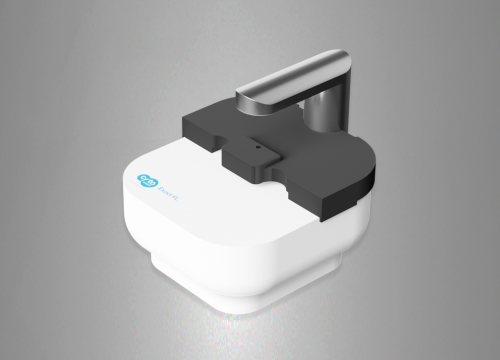Authors: Wallace D, Buha-Djordjevic A, Benton A.
Archives of Pharmacy Vol. 70 No. Notebook 6, 2020
Nickel compounds are Group 1 carcinogens and possibly cancer-causing in the pancreas. We examined the toxicity of nickel in both 2-D and 3-D pancreatic cell cultures, to determine the LD50 for organic and inorganic nickel in normal and cancerous cells. Assays with cadmium chloride were performed to be a comparison to potential nickel-induced toxicity. Cells were exposed to twelve concentrations of NiCl2 or Ni-(Ac)2 for 48h (2-D), or six concentrations for 48 hours (3-D). There was a significant (P=0.0016) difference between HPNE and AsPC-1 LD50 values after cadmium exposure, at 69.9 μM and 29.2 μM, respectively. Neither form of nickel exhibited toxicity in 2-D or 3-D cultures, but after 48h, changes in spheroid morphology were observed. The inability of Ni to reduce viable cell numbers suggests a toxic mechanism that differs from cadmium, also a Group 1 carcinogen. The cell microenvironment was not a factor in nickel toxicity with no changes in viable cells in either 2-D or 3-D cultures. These studies only examined cytotoxicity, and not genotoxicity, a potential mechanism of nickel carcinogenicity. Alterations in DNA function or the expression of apoptotic proteins/processes would take longer to manifest. Current work focuses on cellular changes following extended nickel exposure.
